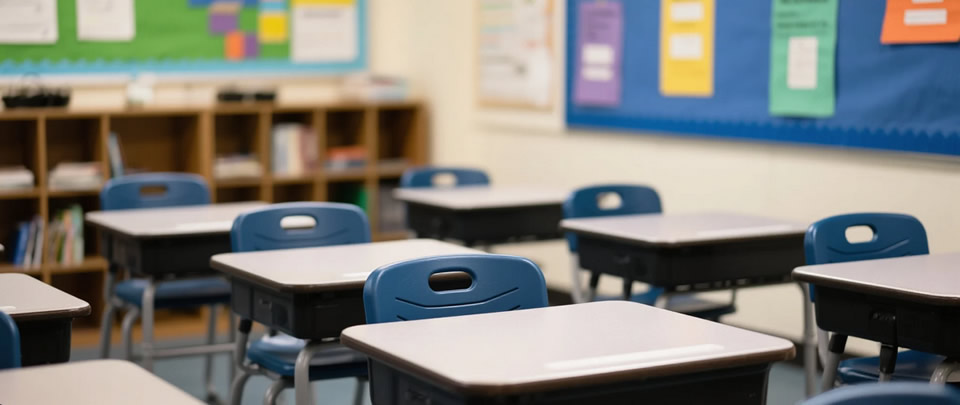When it comes to creating a safe and supportive learning environment, school administrators often focus on infrastructure, teacher quality, and curriculum. However, one crucial element that tends to be overlooked is the safety of school furniture. Desks, chairs, lockers, and shelving units are more than just classroom essentials—they play a direct role in student well-being, posture, and overall safety.

The Hidden Risks in School Furniture
In many schools, particularly those facing budget constraints, furniture procurement tends to prioritize cost and quantity over quality and safety. As a result, classrooms may be filled with outdated or poorly constructed furniture that poses a real risk to students. Common issues include sharp edges, unstable frames, toxic materials, and furniture that does not accommodate the ergonomic needs of growing children. These flaws can lead to injuries such as cuts, falls, and even long-term health problems like poor posture and back pain.
What Defines Safe School Furniture?
Safe school furniture is built on four key principles: non-toxic materials, structural stability, ergonomic design, and age-appropriate dimensions.
-
Materials: All items should be made from certified, non-toxic materials, free of harmful substances like formaldehyde or heavy metals.
-
Design: Corners should be rounded, not sharp, and surfaces should be smooth to the touch to prevent injury.
-
Durability: Furniture must be strong enough to withstand daily wear and tear, including the active behavior of younger students.
-
Ergonomics: Desks and chairs should be matched to students’ height and body proportions to support proper posture and reduce strain.
How to Improve Furniture Safety in Schools
-
Smart Procurement Policies
Schools should adopt transparent procurement standards that prioritize safety certifications and verified suppliers over the lowest price. -
Routine Inspection and Maintenance
Regular inspections can help identify broken or unstable furniture before it causes harm. Damaged items should be repaired or replaced immediately. -
Awareness and Training
Both teachers and students should be educated on the importance of using furniture correctly. This includes discouraging dangerous behavior, such as tilting back on chairs or climbing on desks. -
Third-Party Safety Audits
Partnering with independent safety auditors can help schools ensure their furniture meets national or international safety standards.
A Shared Responsibility
Ensuring furniture safety in schools isn’t solely the responsibility of school staff. Governments should enforce strict safety regulations and provide funding for safe, modern equipment. At the same time, parents and community stakeholders should hold schools accountable and advocate for safer learning environments.
Final Thoughts
Furniture may seem like a minor detail in the broader educational ecosystem, but it plays a pivotal role in protecting students and enabling effective learning. A safe classroom begins with the basics, and that includes desks and chairs that are thoughtfully designed, properly maintained, and aligned with the needs of every student.
By treating furniture safety as a priority rather than an afterthought, schools can help safeguard the physical health and academic success of their students—one chair and desk at a time.